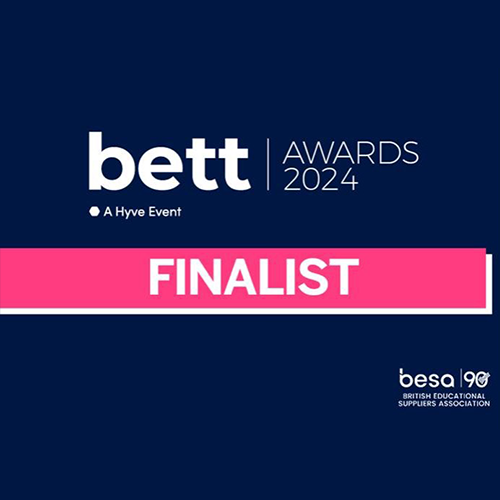Why RAG (Red, Amber, Green) rate your educational setting?
About this video
Jason Tait, DSL and Director of Pastoral Care at TASIS
Jason shares how DSLs and Directors of Safeguarding benefit from the positive and negative information shared by students. 2 reasons:
1️⃣ Find out what is working well – we do not tend to do enough of this as safeguarding can keep us focused on risks, whereas we can build on the positive too! Additionally, child perception of what is safe can differ from an adult’s perception.
2️⃣ Find out what the risks are, put in your interventions in, and go back to students to find out how they are working, demonstrating and documenting a consistent cycle of measuring your outcomes. This will be particularly impactful in demonstrating to inspectors procedures and processes around responding to child-on-child abuse.
KCSIE 2023, pg. 40, Part 2, 157, responsibilities for governing bodies:
“157. Governing bodies and proprietors should ensure that their child protection policy includes:
- procedures to minimise the risk of child-on-child abuse
- the systems in place (and they should be well promoted, easily understood and easily accessible) for children to confidently report abuse, knowing their concerns will be treated seriously
- how allegations of child-on-child abuse will be recorded, investigated, and dealt with“





